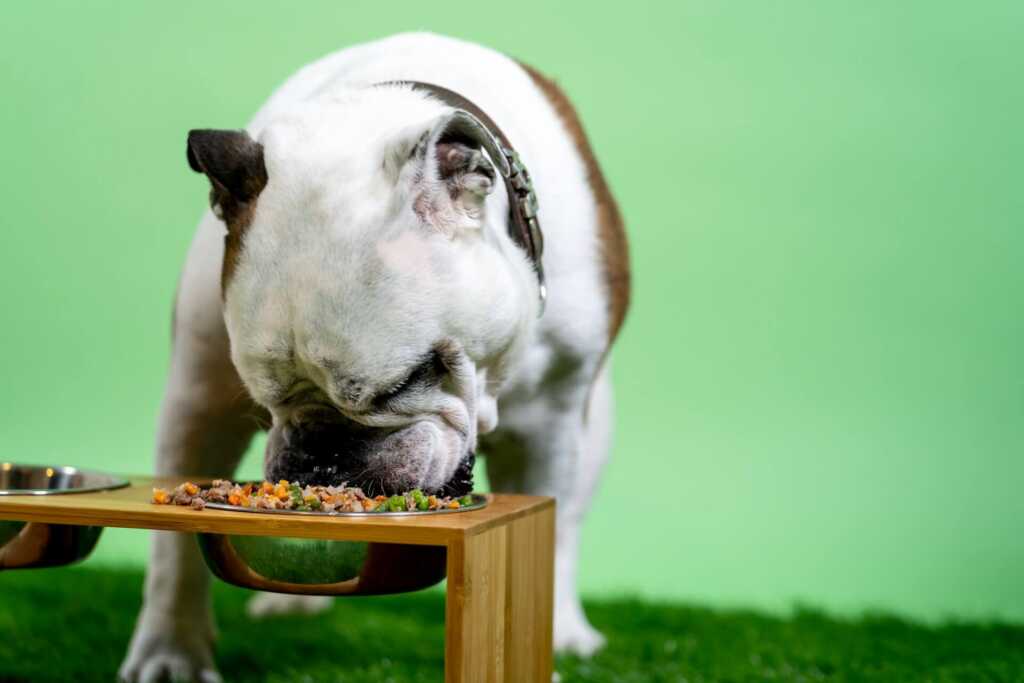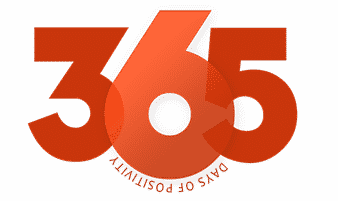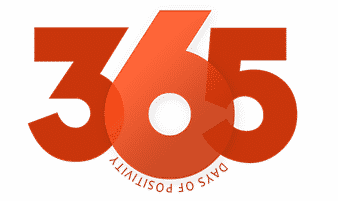Caring for your canine companion goes beyond providing them with love, shelter, and daily walks. Among the most critical aspects of dog care is nutrition. Ensuring that your dog gets the right balance of proteins, fats, carbohydrates, vitamins, and minerals is pivotal for their overall health and well-being. This guide will walk you through the basics of dog nutrition, offering insights into dietary requirements, popular food choices, and tips for feeding your dog in a way that supports their optimal health. Let’s embark on this journey of nourishing your furry friend the right way!

Understanding Your Dog’s Dietary Requirements
Understanding your dog’s dietary requirements is the fundamental first step towards providing them with the nutrition they need. Dogs, like humans, require a balanced diet to thrive. While species-specific nuances exist, generally speaking, a healthy dog diet comprises proteins, carbohydrates, fats, vitamins, and minerals.
Proteins are essential for muscle development and repair and serve as a primary energy source. Carbohydrates, including grains and vegetables, provide dogs with fiber, aiding their digestion. Fats are equally important, contributing to skin and coat health, and acting as another source of energy.
Vitamins and minerals, although required in smaller quantities, play crucial roles in various bodily functions. For instance, calcium and phosphorus are pivotal for bone health, while vitamins A and E support vision and immune health respectively. Whether you want a complete raw dog food diet or a combination of commercial dog food and home-cooked meals, understanding your dog’s dietary needs is vital. It enables you to select food options that meet their needs, supporting their optimal health and longevity.
Popular Food Choices For Dogs
Next, let’s explore popular food options for dogs. Commercial dog food, available in dry or wet forms, is a convenient choice for many pet owners. These are typically nutritionally balanced, and designed to meet a dog’s dietary requirements.
On the other hand, some owners prefer feeding their dogs a raw or homemade diet. While this allows for greater control over ingredients, it’s critical to ensure that such diets are balanced and complete, consulting with a vet or pet nutritionist if necessary.
Lastly, there’s an increasing trend towards feeding dogs a vegan or vegetarian diet. However, as dogs are primarily carnivorous, such diets should be approached with caution, making sure to carefully supplement necessary nutrients.
Feeding Schedule And Portion Sizes
The feeding schedule and portion sizes for dogs can vary significantly depending on their age, size, breed, and activity level. Puppies typically require more frequent meals – around 3 to 4 times a day, while adult dogs are usually fed twice daily.
Portion sizes also depend on your dog’s energy needs. Active dogs or those with a faster metabolism may require larger portions or more calorie-dense foods, while less active dogs need less food to avoid weight gain.
Remember, these are general guidelines, and individual dogs may have different needs. It’s always best to consult with your vet to devise a feeding schedule and determine portion sizes tailored to your dog’s specific needs.
Special Dietary Needs and Conditions
Some dogs may have special dietary needs or conditions that require a modified diet. Such conditions include food allergies, diabetes, kidney disease, and obesity, among others.
For dogs with food allergies, identifying the allergen and eliminating it from the diet is essential. Dogs with diabetes may benefit from a high-fiber diet that helps regulate blood sugar levels. Kidney disease in dogs can be managed with a diet low in phosphorus and protein.
Obese dogs may need a weight management diet, which is typically lower in fat and calories but higher in fiber to ensure the dog feels full. Always consult with a vet before making significant diet changes to accommodate a health condition.
Tips For Transitioning Your Dog To A New Diet
Finally, if you’re transitioning your dog to a new diet, remember that this should be a gradual process. Suddenly changing your dog’s food can lead to digestive upset.
Start by mixing a small amount of the new food with their current food, gradually increasing the new food’s proportion over a week or two. Monitor your dog for signs of digestive discomfort, adjusting the transition speed as necessary.
Maintaining hydration is also crucial during a diet transition, as changes in diet can sometimes lead to temporary diarrhea. Remember, patience and persistence are key when introducing your dog to a new diet.

In conclusion, proper nutrition is vital for your dog’s health and well-being. Understanding their dietary requirements, choosing the right food options, establishing a feeding schedule, and addressing any special dietary needs or conditions are essential steps toward providing your furry friend with optimal nutrition. With this guide as your starting point, you can ensure that your dog receives the best possible care and support for a long and healthy life. Keep learning, stay informed, and continue to nurture your dog with love and proper nutrition every day.





